I Think What Makes Learning Spanish So Daunting Is My Fear Of Ineptitude. I’m So Accustomed To Being
I think what makes learning Spanish so daunting is my fear of ineptitude. I’m so accustomed to being able to express myself fluently in English. It’s one of the things I’m known for among my friends and family. I have a reputation as a walking dictionary and with such a vast vocabulary at my disposal, I’m able to convey exactly what I mean with precision.
But in Spanish? I speak like a small child. And it makes me feel like the child my father never knew. I flounder about in his native language, mixing up tenses and accidentally using false cognates instead of the word I mean.
And, worse, it’s Spanish. Not Nahuatl. Only 10% of my ancestry on my father’s side is from Spain. The other 40% is Nahua, likely Tlaxcaltec.
More Posts from Koyopil and Others
today I learned that the Nahuatl word “coyotl” means simultaneously “coyote”, “yellow”, and “mixed race/mixed culture”
being a reconnecting native is very difficult, I feel like especially if you’re like hispanic indigenous, i’m mexican native american and i’m trying to reconnect and find what tribe i’m from but tracking down my lineage on both sides is so hard, i feel stuck and like i don’t know where to start :/
I have tíos I never got to know. primos I never got to know. abuelos I never got to know. I have family that is mine, but is not mine. And I can’t dwell on it, or it’ll break me.
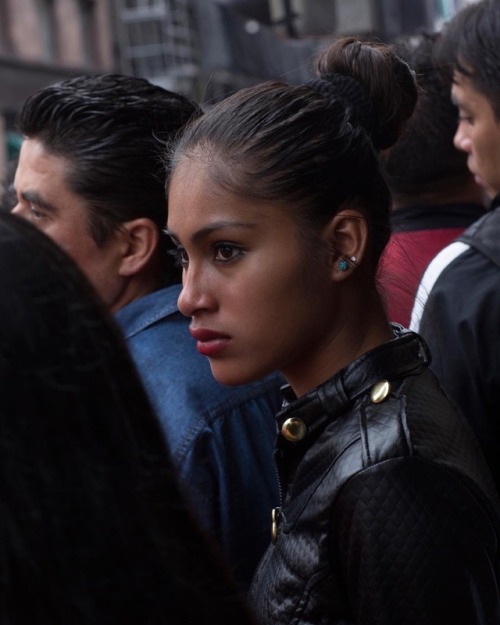
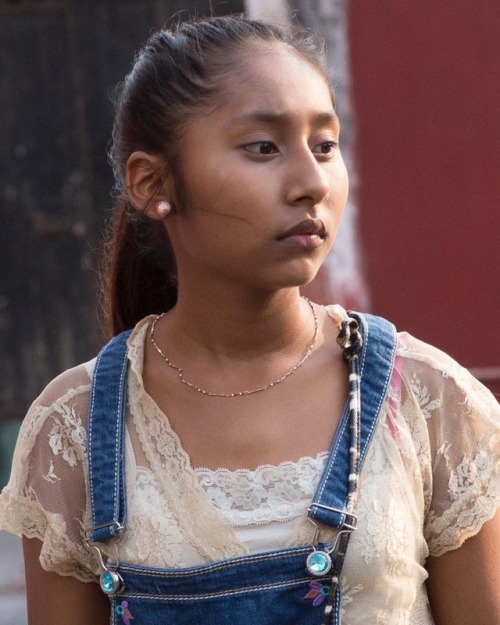

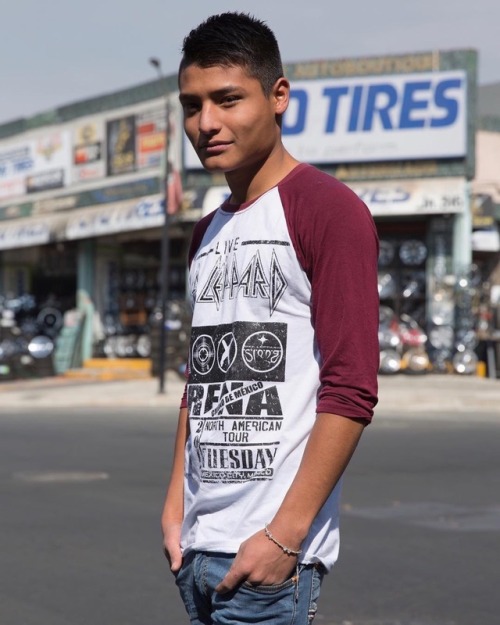



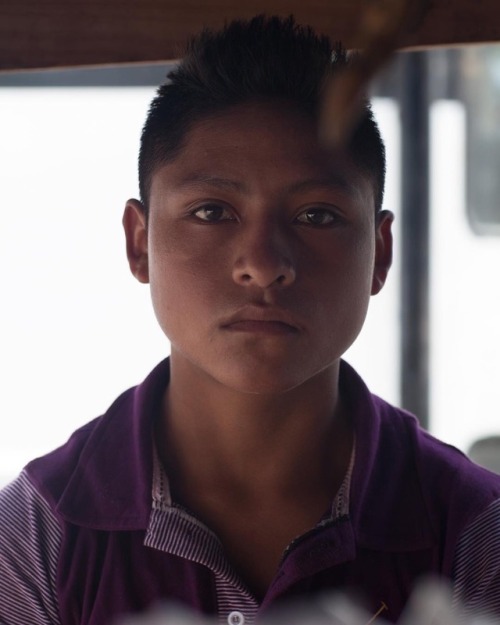
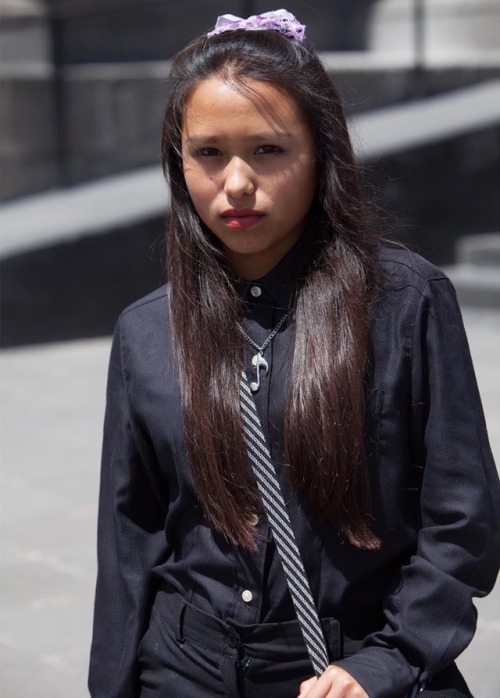
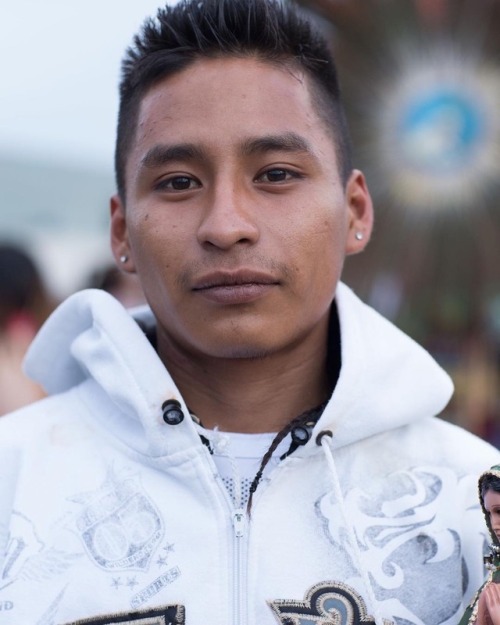
Capturing Mexican Beauty as an Act of Self-Love
Dorian López’s MexicanoMX is more than a photo project, it’s a defiant act of self-love.
By capturing the beauty of everyday Mexicans, López’s photos destroy the false and archaic notion that only light-skinned people are pretty.
In MexicanoMX, brown skin, black hair, Indigenous eyes, noses and lips are celebrated — and in doing so, restores for many a positive self-image. And that’s a beautiful thing.
Knowing you're native Mexican and wanting to reconnect with your native roots to preserve your cultural identity vs being a no sabo 2nd gen American kid FIGHT
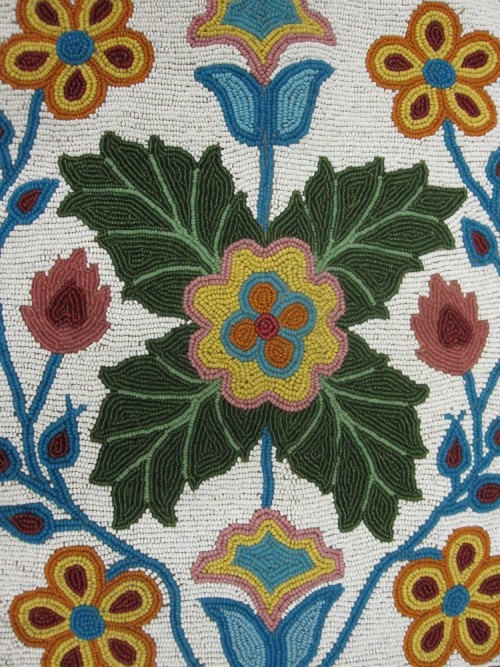

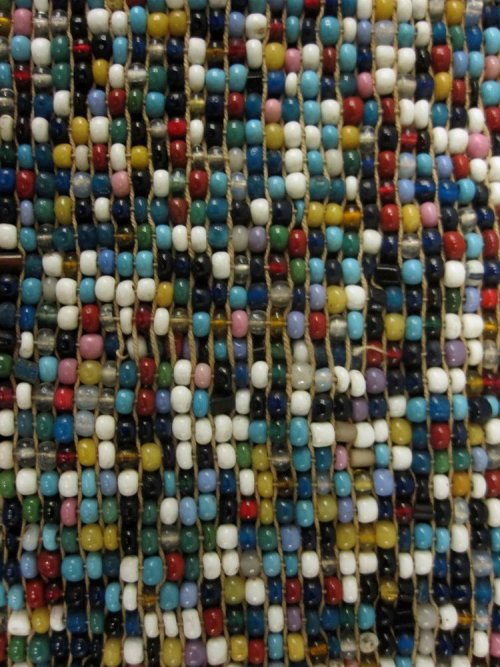
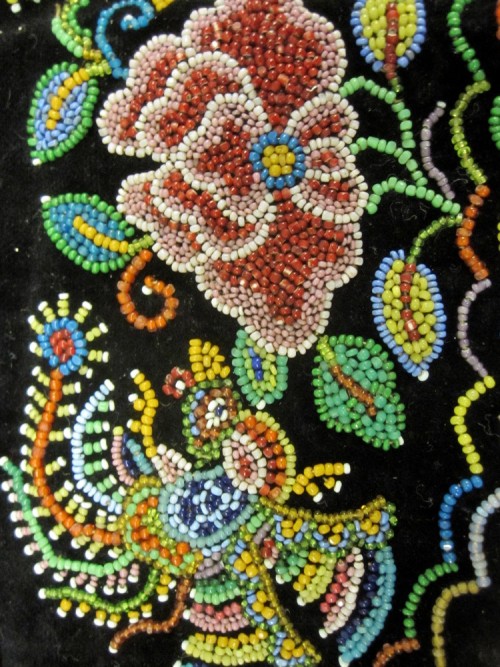

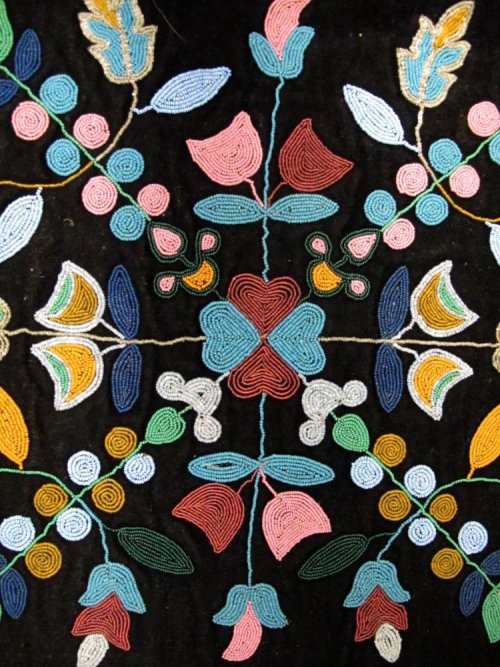

Ojibwe / Northeast Woodlands beadwork in the National Museum of the American Indian.
It’s officially Thanksgiving in the USA
Time to smell the gravy, marvel at your auntie’s pretty place-settings, and listen to the 5edgy9me once-a-year intellectuals crawling out of their local Starbucks like zombies from the damn grave, moaning
C̪̹͉͔͔̳̕h͈̼̯̥̭̗̍̒ͧ͟ṙ̠͍̹̈̄̈́͗ͥ̅͟i͎s̸̭̣̬̼͚͊̊ͨͬ̈́̅̚t͍͌̏̏͐͞o͈̐̉̓͐̅p̮̞͟h̦e̶͌ͪr̬̻̩͕̱̎̌ͩ͗ ̐̔͏͕̲͉̺͕Ċ͉̰͕̹́̊ͯ͆̓̾ͅo͇l̮̟͡ů̱͖̬͙ͣ̓͋̆̎m̧ͫb̵̠̲̗͂u͎͗s̟̤̭̼͕͈̃̉̒̔ ̖̹̗͔̮̱̯ͭ̅̋̆ͯ̽̍w̱̰͈̰̔̃͆́͋͌a͚̮̬ͮͨͤͬs̩͖͙̬̟̦ͫ̓̀ ̝̰̼͇̹̲͑̉̿̽͒͞a͔̬̮͠ͅ ͙͙͇̖͇͛͞m̠̲͖ͯͫ́̿ͤ͜u̪̪͖̮͂ͪ̎̽̚r̰̜ͪͩ̀ͫ̅d̬̹̲ͯè͖͇̦̖r̝̀è̯͙͈̻͖͓̪͌ͤ͑r̵̭͖̖̋ͥ̂ͅr̸̭͎͈͑r̞̫̀̔̅r͎̖̿̑̒͠r̬ͬ̄ͫ
@sixpenceee has already joined in the festivities of hilariously bad revisionist history with this little gem:


‘Cept Christopher Columbus never actually set foot on American soil – And Thanksgiving has nothing to do with him.
Thanksgiving in the USA was officially adopted as a holiday during the Civil War, though it had been off-again-on-again celebrated since 1621 – This is thought to be the famous ‘Pilgrims at Plymouth’ Thanksgiving.
Originally, it was celebrated because of a particularly successful harvest was managed less than a year after the Pilgrims first settled the Plymouth colony with the few surviving members of the journey from Europe. This sort of feast wouldn’t happen again until a bountiful rainfall broke a treacherous drought in 1623.
Only one or two other colonies celebrated similar days of thanks, and all of them were related to farming practices. Natives frequently attended these meals. Indeed, the first Thanksgiving saw about 90 Natives join in on the festivities.
That might not sound like a lot initially, but keep in mind that there were only 50 Pilgrims there, so the feast was almost 2:1 Native.
Now, with respect to ‘Genocide’, lemme learn you some knowledge..
Claims of Native genocide by the Pilgrims mostly originate from happenings during the 1637 Pequot War – Also known as the Mystic Massacre.
Essentially, in the area the Plymouth Pilgrims had settled, there were a few major warring Native bands. Specifically, the Pequot, the Mohegan, the Narragansett, the Wampanoag, and the Algonquians.
Basically, the Pequot sucked. They were the most powerful tribe, and were constantly trying to expand their territory – Even before the Pilgrims had come. They regularly raided the Wampanoag and the Algonquians, and bullied the Mohegan and Narragansett. When the fur trade started up, they tried to scare all the other tribes out of competition.
This led pretty much all of the tribes in the area, with emphasis of the Mohegan and Narragansett, to ally with the Pilgrims when shit started to go down.
The Pequot seemed to have the least resistance to the foreign bacteria the Pilgrims brought in, and it weakened them a lot, leaving the other tribes and Pilgrims the ability to reclaim or take over a lot of their land.
About 700 Pequot died during the war. A great deal of them were also taken/given to the other tribes as slaves.
A great deal of the bullshittery surrounding the settlement and colonization of North America comes from people who are unwilling to admit that Natives were brutal with each other… That they were just these awesome, no-socialist hippies that just sang songs and ate berries all day.
I don’t just think that’s dishonest, I think it’s pretty derogatory.
I remember vividly a time I was on a long busride in my home of British Columbia, which has a very high Native population. I was seated next to an Aboriginal man from a Kwakwaka'wakw band and he told me, very proudly, about his tribe’s impressive archive of ancient weave records depicting a great victory over neighboring tribes leaving 600,000 of them killed by the Kwakwaka'wakw warriors, who were greatly outnumbered. I would find out later that Kwakwaka'wakw were known headhunters and cannibals.

Once again, Thanksgiving was celebrated very sporadically, and certainly not as a consistent holiday, until the Civil War.
Thanksgiving never had anything to do with the Natives, other than their participation in a mutually-beneficial relationship with people who genuinely appreciated their help, and thus were willing to share what little food they had with them. It was about farming and harvesting, and later about peace and reconciliation.
We here in Canada celebrated Thanksgiving back in October, but I’ve always liked the story of American Thanksgiving better. To me, all of it’s incarnations have represented unity in one way or another – Different people working together to make everyone’s life better. Whether that be the Natives and the Pilgrims, or the Northern and Southern States.
People just being good to each other, if only for a little bit.

(Oneida Indian Nation has participated in the Macy’s Parade every year since 2010 in what they call ‘The True Spirit of Thanksgiving’)
Happy Thanksgiving, guys!
-
 esperanzarchivos liked this · 3 months ago
esperanzarchivos liked this · 3 months ago -
 koyopil reblogged this · 5 months ago
koyopil reblogged this · 5 months ago

